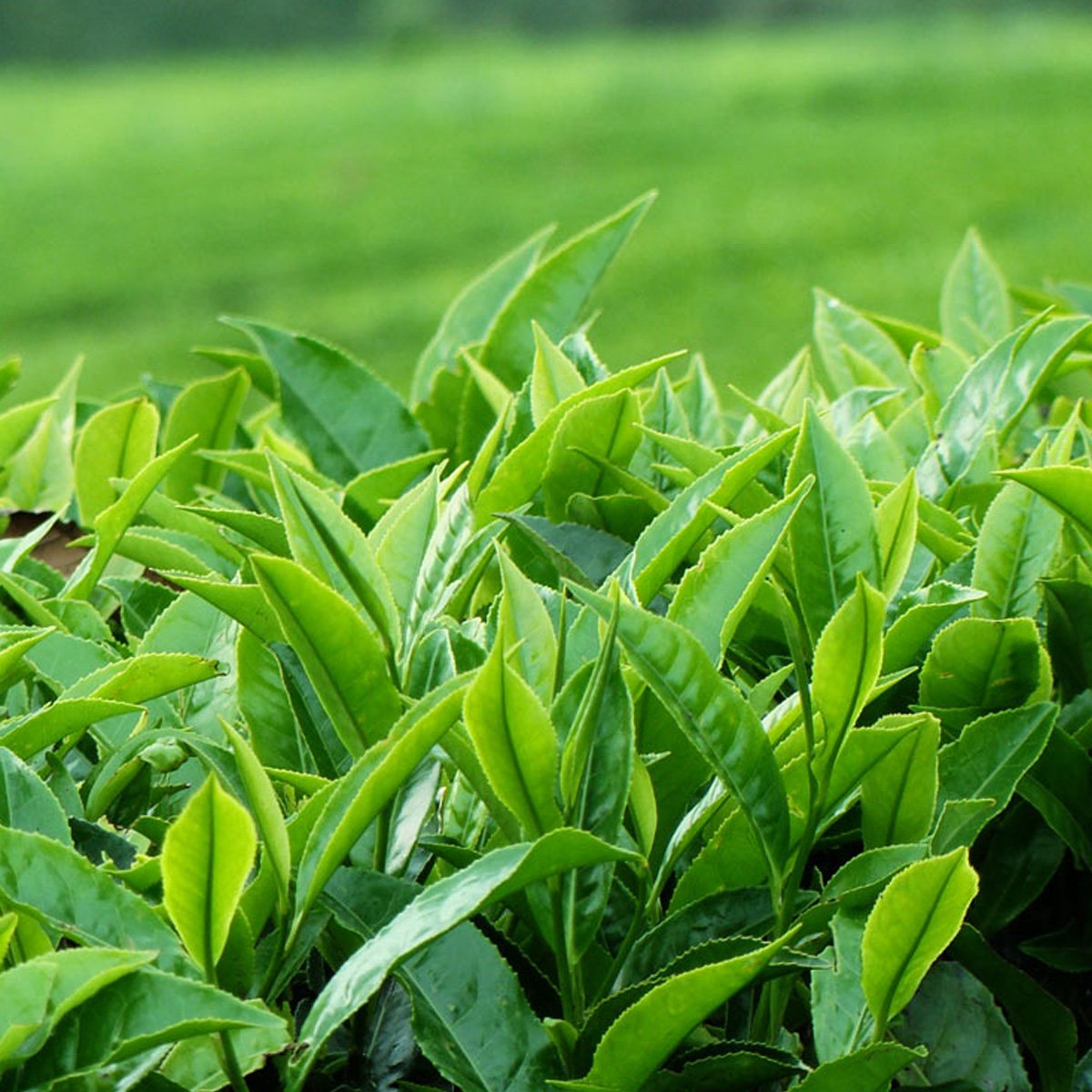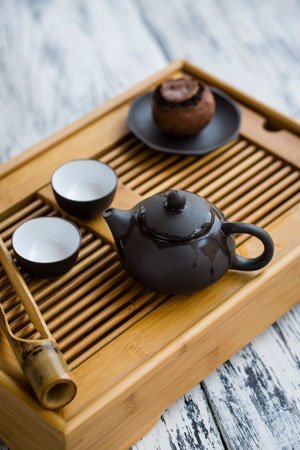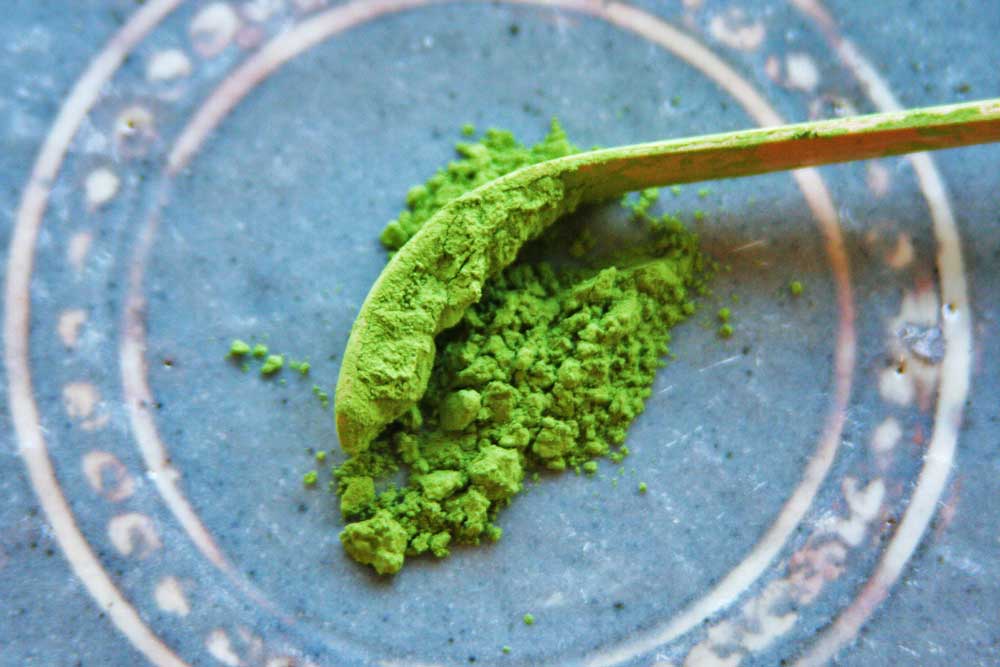Tea (Camellia sinensis) is an agricultural plant from the Theaceae family that grows in humid climates and whose leaves and buds are used to produce beverages.
Discovery of tea Although there are many legends about it, according to Chinese archives, Emperor Shen Nong, known as the father of agriculture, researcher and discoverer of herbal medicine in 2737 BC, gave great importance to public health and hygiene and recommended that water be drunk after boiling. During a trip he made, while resting in a forest area, he observed that the brown water formed by the leaves falling into the boiling pot created vigor and vitality in people. Tea was discovered as a result of understanding that the tree whose leaves fell into the water was a wild tea tree. Emperor Shen Nong tried to explain to the people that tea was a useful plant and made efforts to develop tea cultivation.
Tea plant in botany Angiosperm From the blooming section; Dicotyledonous from the class and Theaceae or Camellia It is from the family. The name generally accepted by botanists is Camellia sinensis (L.) is O.Kuntze . The letter (L.) is used in the word sinensis Linnaeus the first letter of the botanist named; O. Kuntze The word came into being when the same botanist combined the words to form the name of the tea.
Morphologically, there are three types of tea.
Chinese tea ( Camellia Sinensis var. Sinensis ): The leaves are 4 – 7 cm long and 1 – 2 cm wide, have a short petiole, and are elliptical in appearance. The leaf side veins are often indistinct and have 8 – 10 pairs. The number of teeth on the leaf edge is usually over 30.
Chinese tea blooms early and abundantly. It has dense branches and a strong structure. It can grow at altitudes of up to approximately 1150 m. Flavored and qualified tea can be obtained. It is resistant to cold, diseases and drought.
Assam Tea ( Camellia Sinensis var. Assamica ): The leaf blade is broadly elliptical, 8-10 cm long and 3-7 cm wide. The leaves are soft, shiny, finely textured, and the veins are noticeably raised. The lateral veins join before reaching the leaf edge, and a flat surface forms from this joining line to the leaf edge. The leaf lateral veins are 10-14 pairs, and the edges are distinctly saw-toothed, and the number of teeth is less than 30.
Assam tea is more sensitive to cold, drought and diseases. It blooms late and rarely. In suitable growing conditions, the product yield is much higher than Chinese tea.
Cambodian Tea ( Camellia Sinensis var. Cambodiensis ): The leaf size is between Chinese tea and Assam tea. The leaves are generally broadly elliptical and similar to other tea varieties in terms of fruit and seeds.
When left to grow in nature, the tea plant takes on the appearance of a tree and is long-lived. Tea is pruned into cultivation to increase the number of branches and therefore the harvest, and to make harvesting easier by keeping the tree short. It is generally accepted that cultivated tea plants live for 80 years. It is a plant that does not shed its leaves. In places such as South India, Sri Lanka, Sumatra and Kenya where there is sufficient temperature and humidity, it produces shoots all year round. In places where there are temperature and humidity differences between seasons, such as North India, North China and Japan, some cool regions of South Africa, Georgia, Azerbaijan, the Caspian Sea coast of Iran and in our country, shoots are formed intermittently. In the cold months, the tea plant enters a dormancy period.
Tea is a flowering plant. The flower is white and fragrant. The flowering time varies according to the variety and the growing environment. The formation of flowers and seeds leads to the accumulation of aroma in the tea leaves. Therefore, the leaves collected in this season are important for the production of quality tea. The fruits of the tea plant are 2.5 cm in diameter and have 1-4 sections. A seed is formed in each section of the fruit. The seeds are usually 1-2 cm in diameter and have a sphere or hemisphere shape.
The tea we drink is produced by processing the green, fresh leaves of the tea plant. Therefore, the production of quality tea depends on the characteristics of the leaf. Soil and climate conditions are also important factors in changing the taste of tea. As a general rule, it is recommended to use two leaves and one bud, plucked from the tip of the shoot, for tea production. This is because various substances are concentrated in the young leaves and bud.








